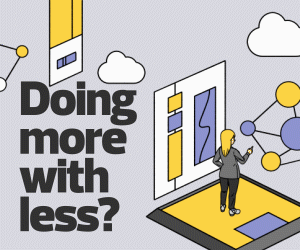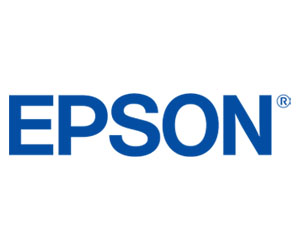EDTECH: How do projectors enhance hybrid learning?
DOWNEY: Rutgers University developed an innovative hybrid solution prior to the pandemic. The professor wanted to be able to see students who were assembled in a remote location as if they were in the same room. So, when the professor was at the front of the room, she could look toward the back of the room and the remote students were projected at the same size as the students who were in the room, sitting in their chairs. It was really cool. Then, for the students in the remote location, at the front of the room was a massive image of the professor as if the professor were real size.
It can be quite complicated to facilitate not only accurate visuals but audio as well. You don't want someone in a class of 200 to open a bag of potato chips and have the audio focus on the crinkling bag instead of the speaker.
DISCOVER: How to minimize common device-related risks in higher education.
EDTECH: How have projectors evolved to fulfill changing needs?
DOWNEY: The pandemic really accelerated technology innovation. Microsoft released Teams, and Zoom became quite popular. It was very similar to what we saw in 1989 when Microsoft announced PowerPoint. We sold a lot of projectors then because suddenly people wanted everyone in the room to see it. But now, with Teams and with Zoom, it's not just the presentation material.
Educators asked, “How can I get a giant image and then pull multiple sources?” It could be a YouTube channel, it could be classroom material, it could be a video feed from a remote. Educators wanted to know, “How can I get all of that at a size that is recognizable to both people who are in the room and people who are seeing it remotely?”
Click the banner below to explore services that can help you manage your IT environment.













